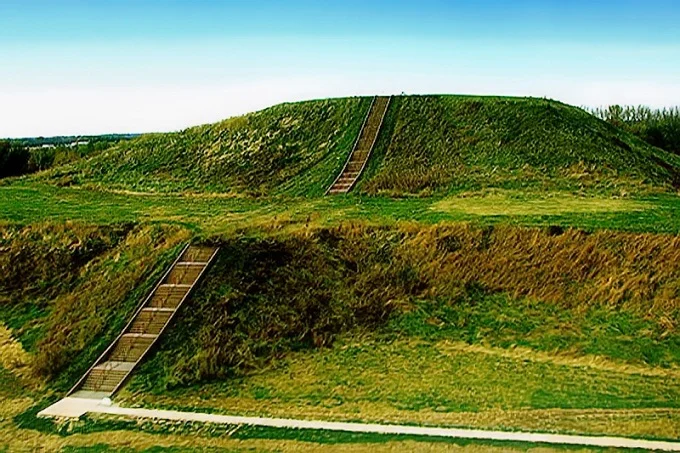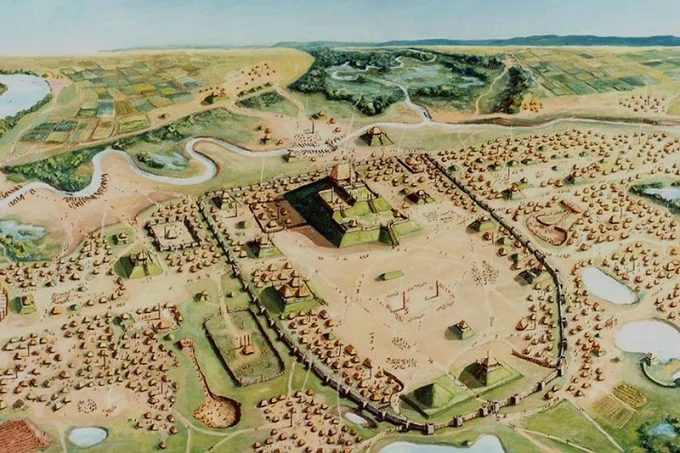Ancient city of Cahokia was abandoned by its inhabitants, still don’t know why

Cahokia was a bustling and lively city for a couple of hundred years, where about 15 thousand people lived, but by the end of the 14th century, it was deserted. Researchers still don’t know why.
Cahokia was located in the territory of the modern state of Illinois. A study published last year was able to rule out at least one previous idea that deforestation and depleting land use around Cahokia caused erosion and local flooding. It was assumed that this was what made Cahokia a place unsuitable for Native Americans to live.
By analyzing sediments collected near-earth mounds on the territory of the Cahokia Mounds State Historical Monument, the researchers found that the land remained stable from the heyday of Cahokia to the mid-1800s and industrial development. In other words, there was no ecological catastrophe.
“There is a really widespread belief about land-use practices that lead to erosion and sedimentation,” said Caitlin Rankin of the University of Illinois at Urbana-Champaign. “When we took a closer look at our inspections, we didn’t see evidence of flooding.”
The mounds near which the excavations were carried out are located in lowlands and close to water streams — this is an ideal place for any local flooding. However, no evidence of deposits left by the floods has been found.
The people who lived in Cahokia cut down forests. This was done, most likely, to create defensive fortifications. However, a study published in the journal Geoarchaeology in 2021 showed that this did not lead to such erosion and flooding that would force people to leave their homes.

It’s a survival narrative, not a tale of a vanished society
Cahokia’s population continued to grow until roughly 1650, which is unexpected considering what was going on elsewhere in North America. Around the same time when people in the so-called Vacant Quarter were prospering, deadly plagues struck Canada, the Caribbean, Mexico, and the eastern United States, according to historical sources. This might indicate that the heartland of the United States was momentarily shielded from the spread of European sickness.
The population surrounding Horseshoe Lake began to dwindle about 1700, only a year after the first French religious mission arrived in the region. The abrupt drop in coprostanol in the sediment core is eerie evidence of this. Around 1700, grass pollen became scarcer, which might indicate that the grassland, which historically supported large bison hunts, was diminishing.
In addition, historical sources mention epidemics of smallpox and measles in the region, as well as wars with adjacent Iroquois tribes (who were also facing pressure from encroaching Europeans).
By the early 1800s, just a tiny portion of the Illinois people remained when the US government forcefully relocated many of them to Oklahoma. The Peoria Tribe of Indians of Oklahoma, a sovereign political body with over 3,000 members, including those who still reside in Illinois, is the name given to the survivors of that move.
The coprostanol research, according to White, is a significant illustration of indigenous peoples’ resilience and perseverance in the face of social and environmental obstacles. He and his colleagues noted, “Throughout the history of archaeological study, Native American disappearance has been emphasized more than Native American persistence.” That’s particularly true in Cahokia, where the city’s abandonment has gotten a lot of attention.




